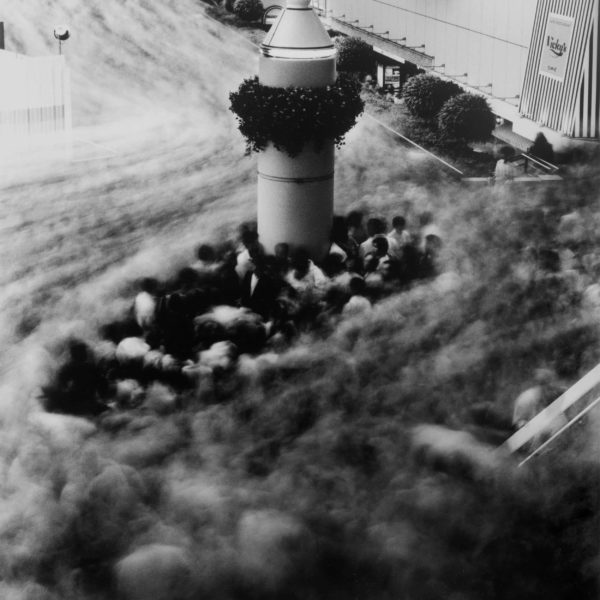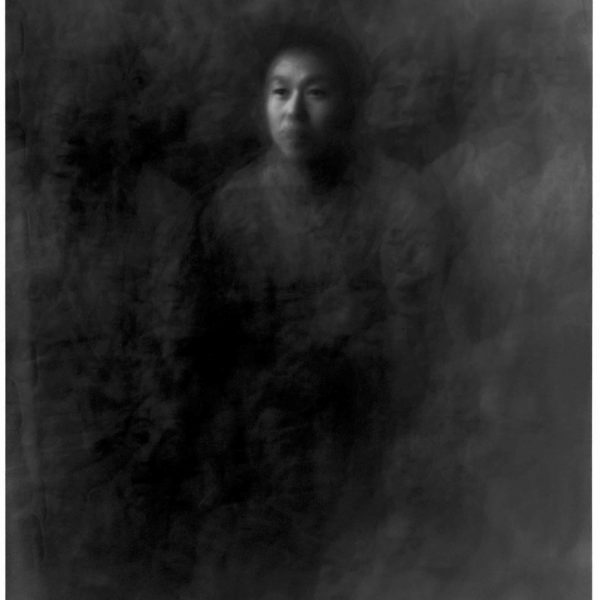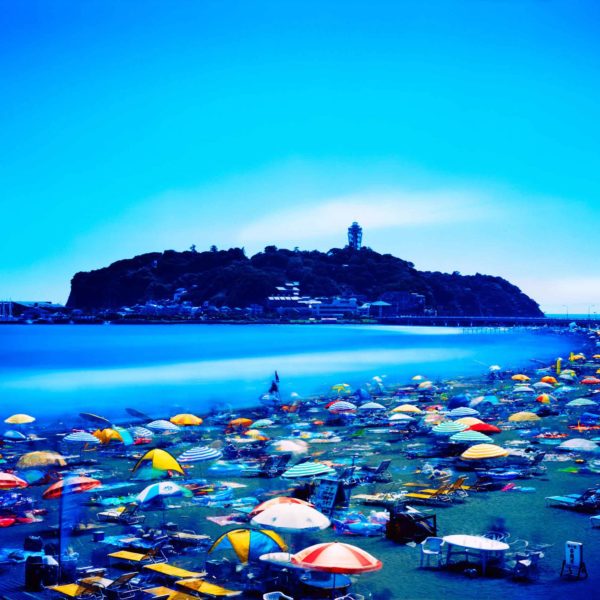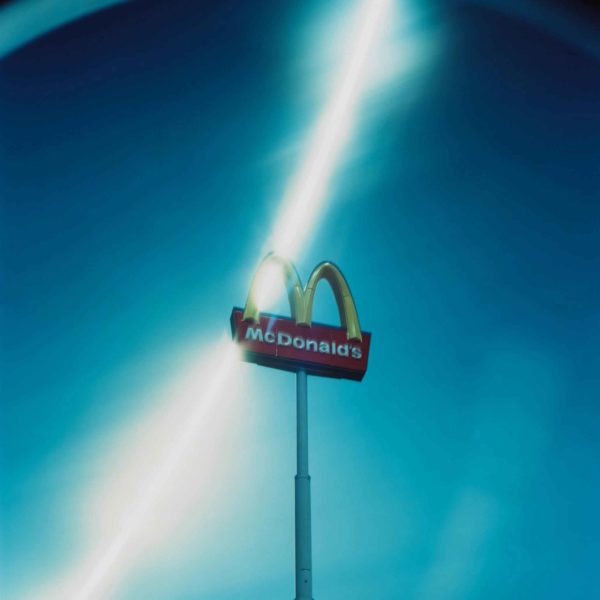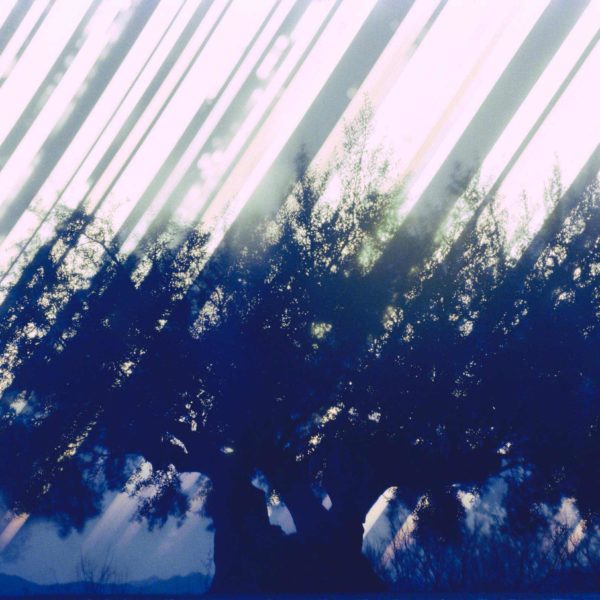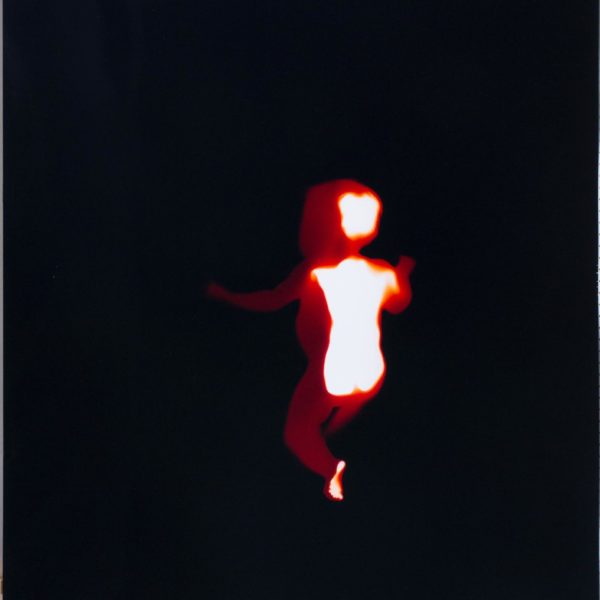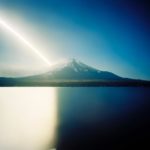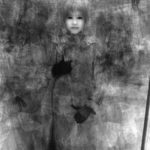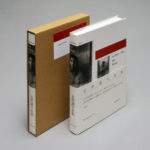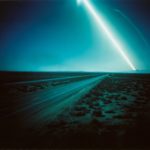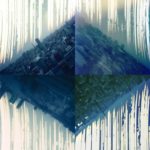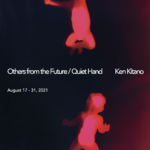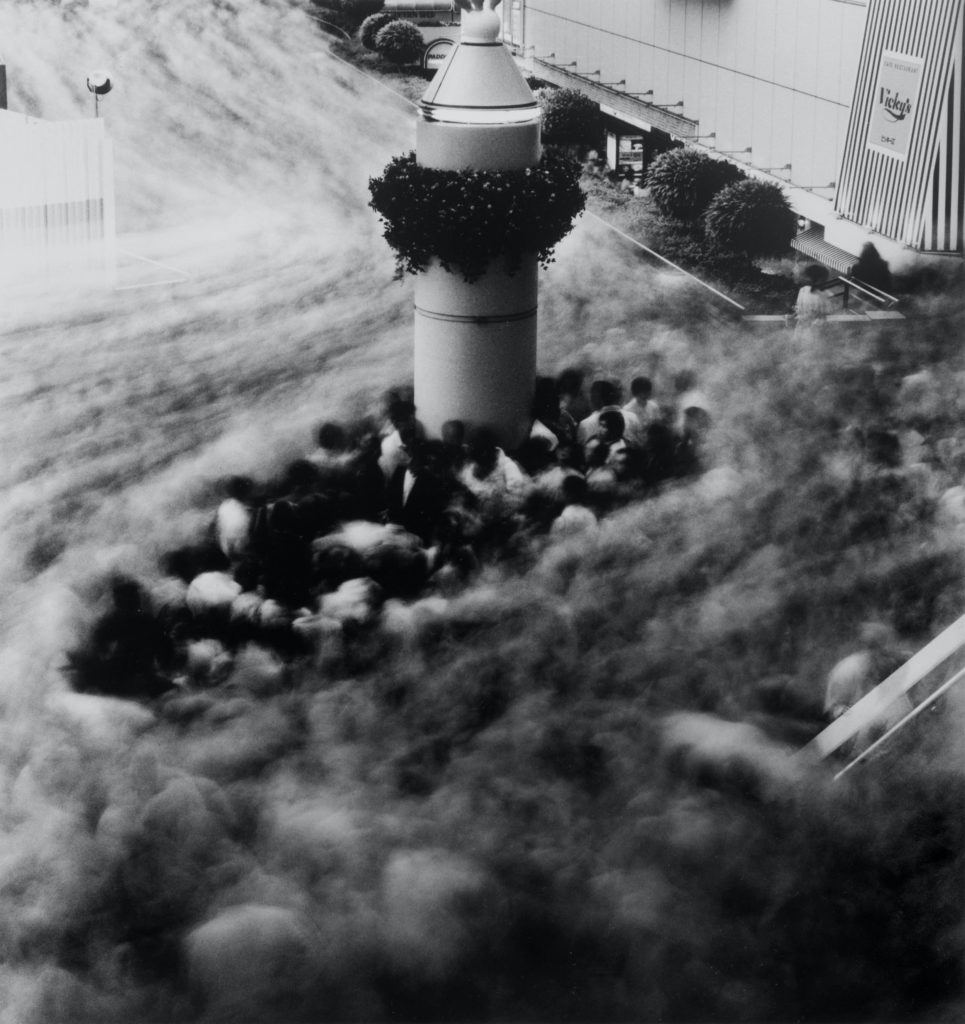
1990, Gelatin silver print
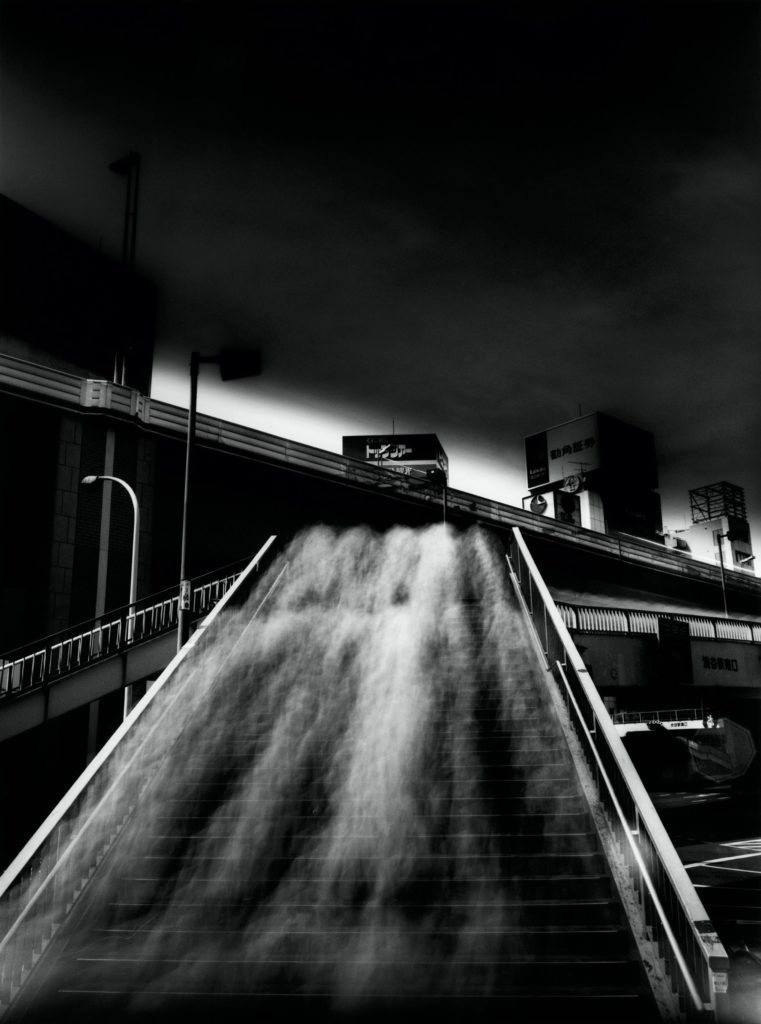
1991, Gelatin silver print
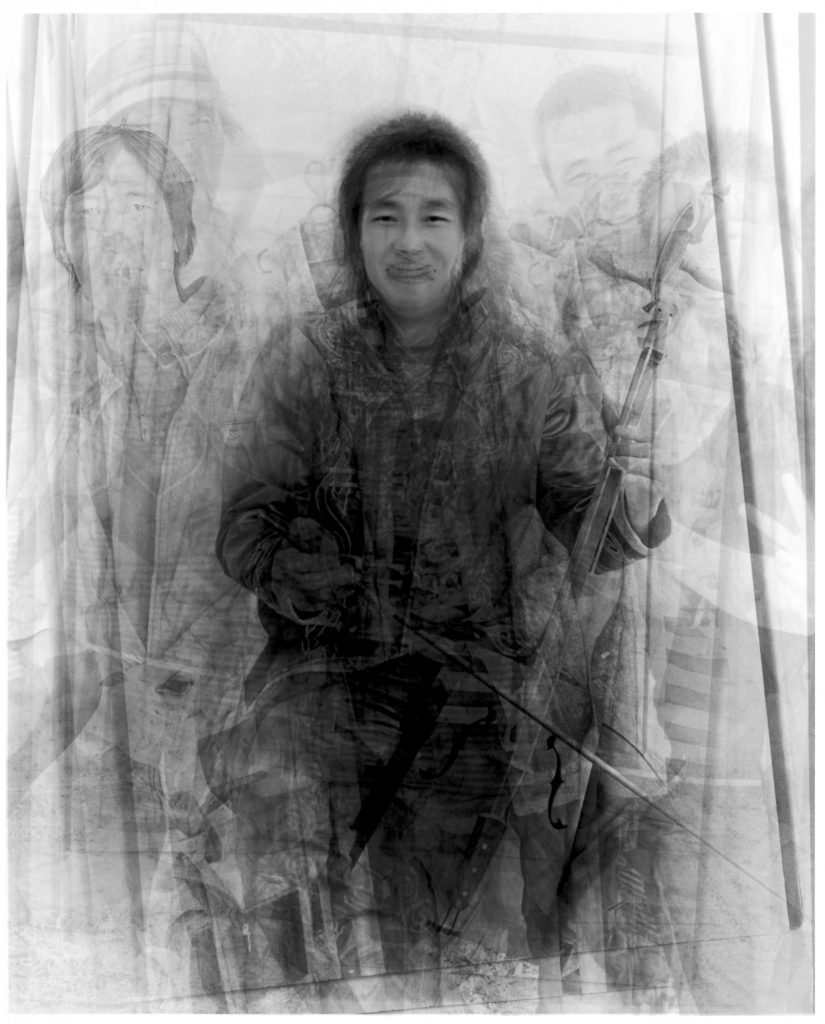
21 Mongolian men
September 14, 2010
grasslands of Hohhot Region, Inner Mongolia, China
2010, Gelatin silver print, 35.6×27.9cm
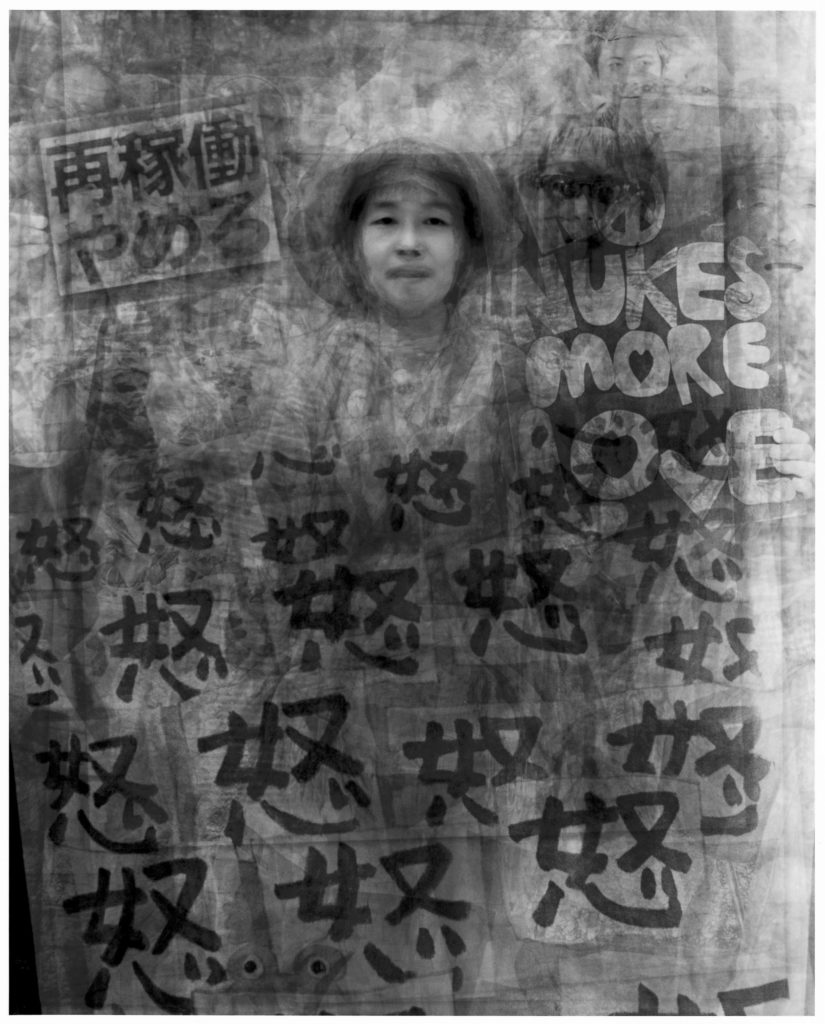
25 demonstrators protesting nuclear energy use after the Fukushima Daiichi Nuclear Power Station meltdowns in 2011
July 13 and 16, 2012
The Yoyogi Park “Goodbye Nuclear Energy Association” in front of the Prime Minister’s Official Residence, Tokyo
2012, Gelatin silver print, 35.6×27.9cm
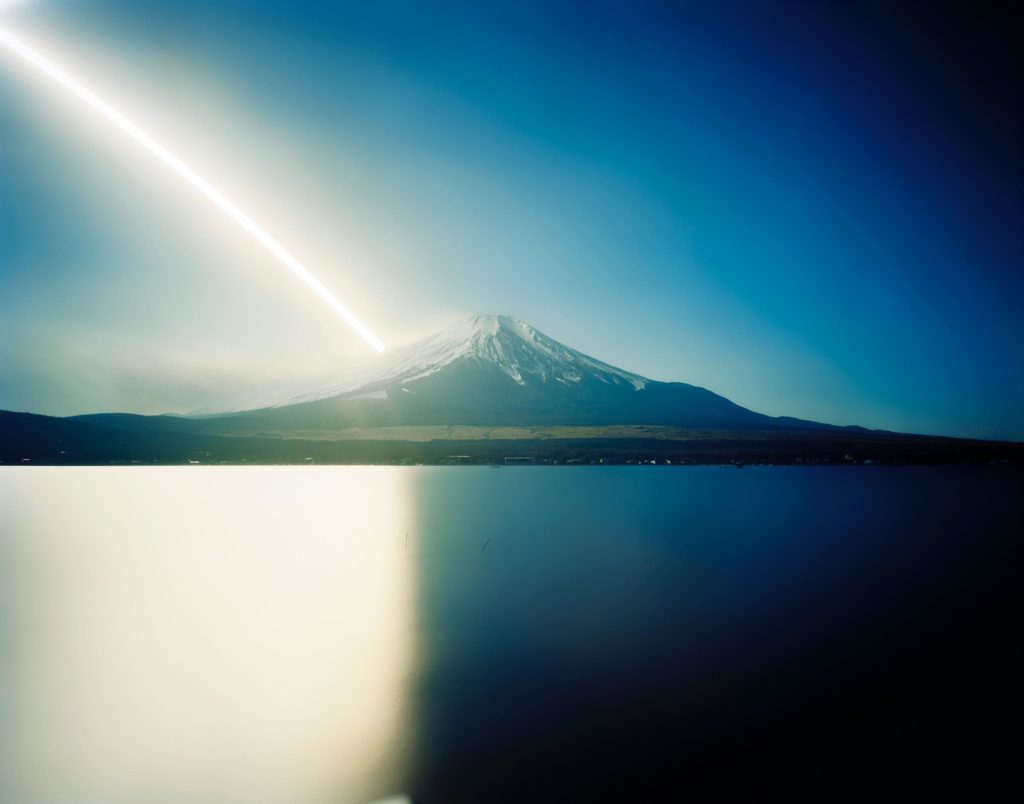
Mt. Fuji, Yamanashi, sunrise to sunset
2007, Chromogenic print
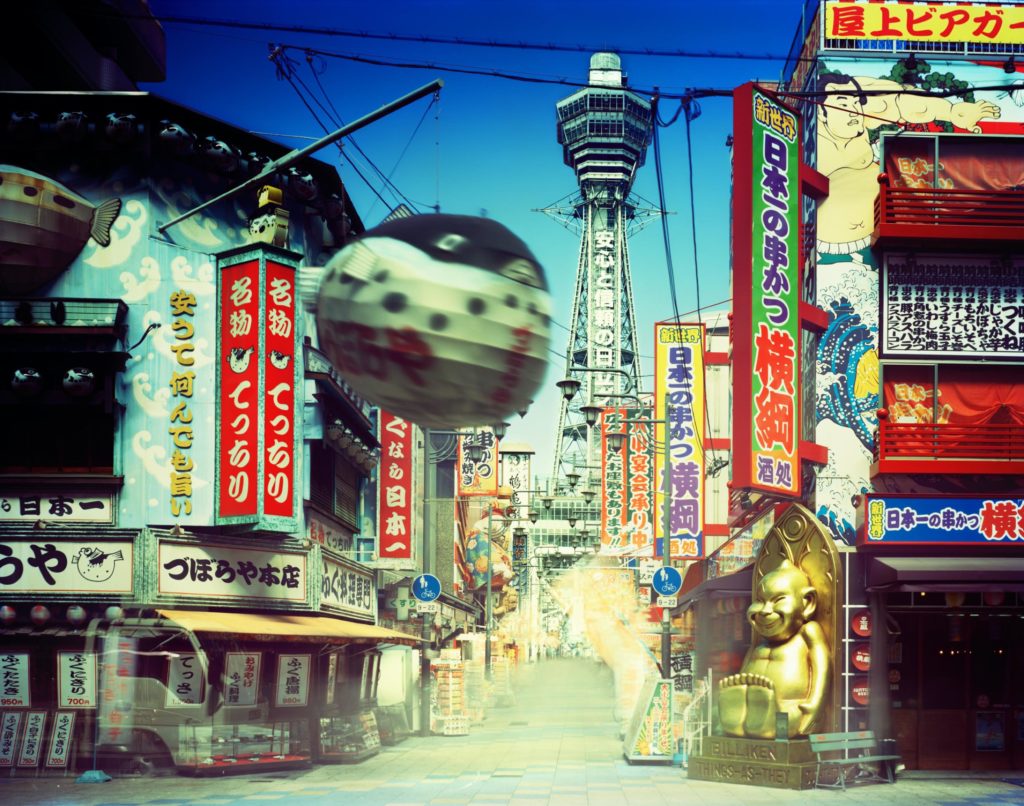
Tower of Tsutenkaku, Osaka, morning to evening
2008, Chromogenic print
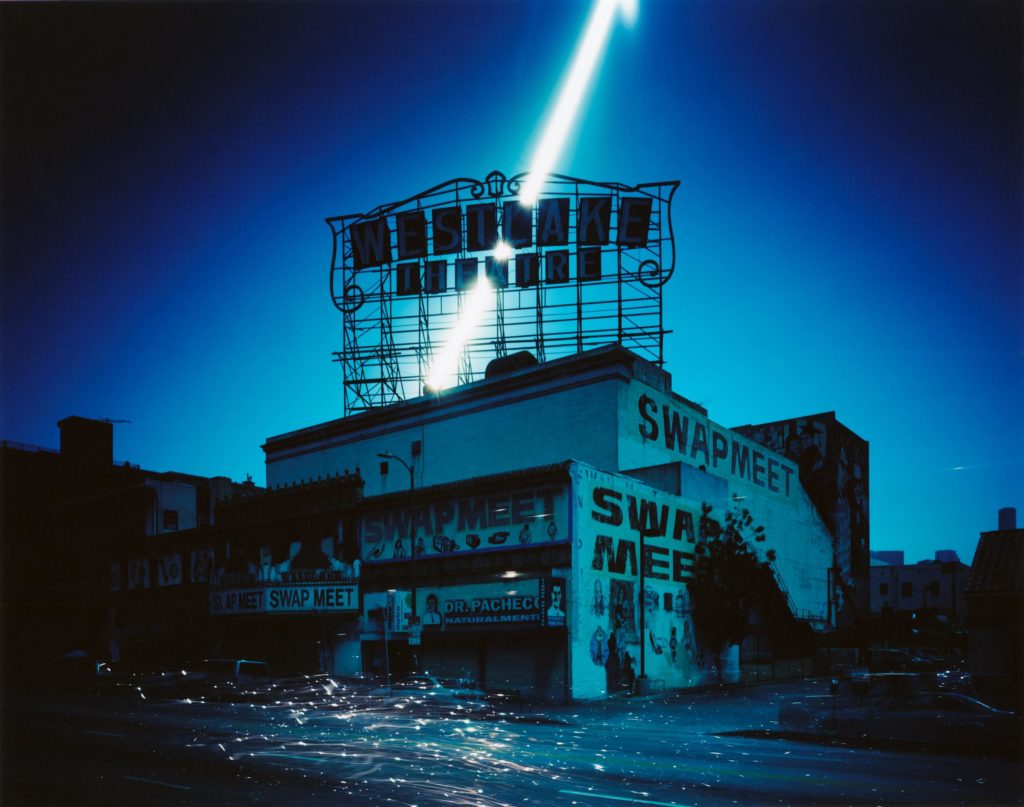
Westlake Theatre, Los Angeles, July 9, 2013
2013, Chromogenic print
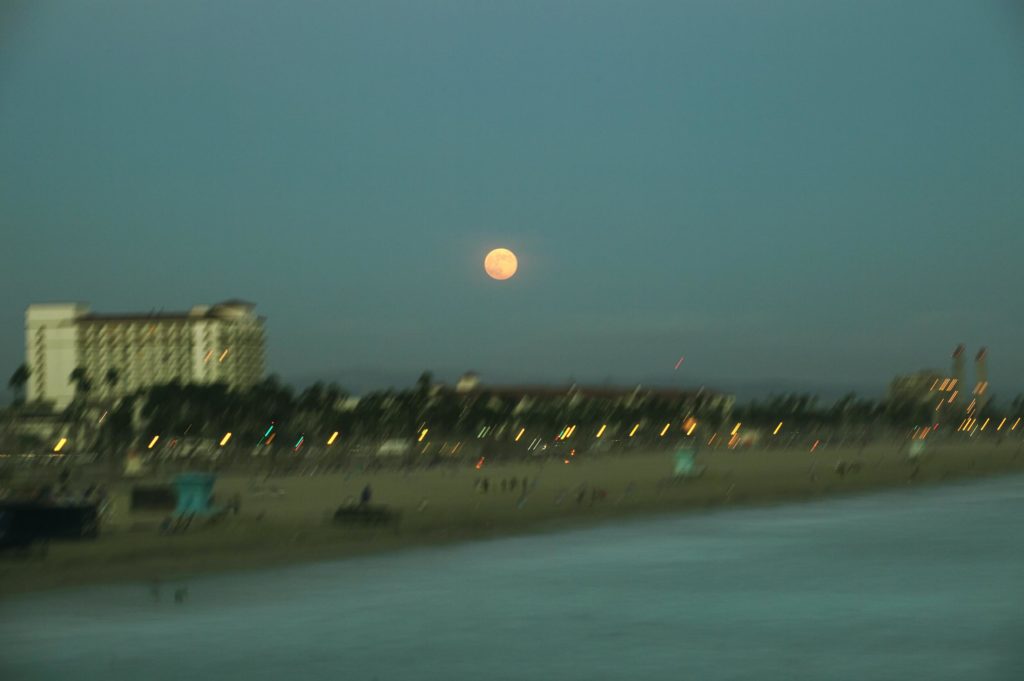
Newport Beach, August, 2013
2013, Chromogenic print
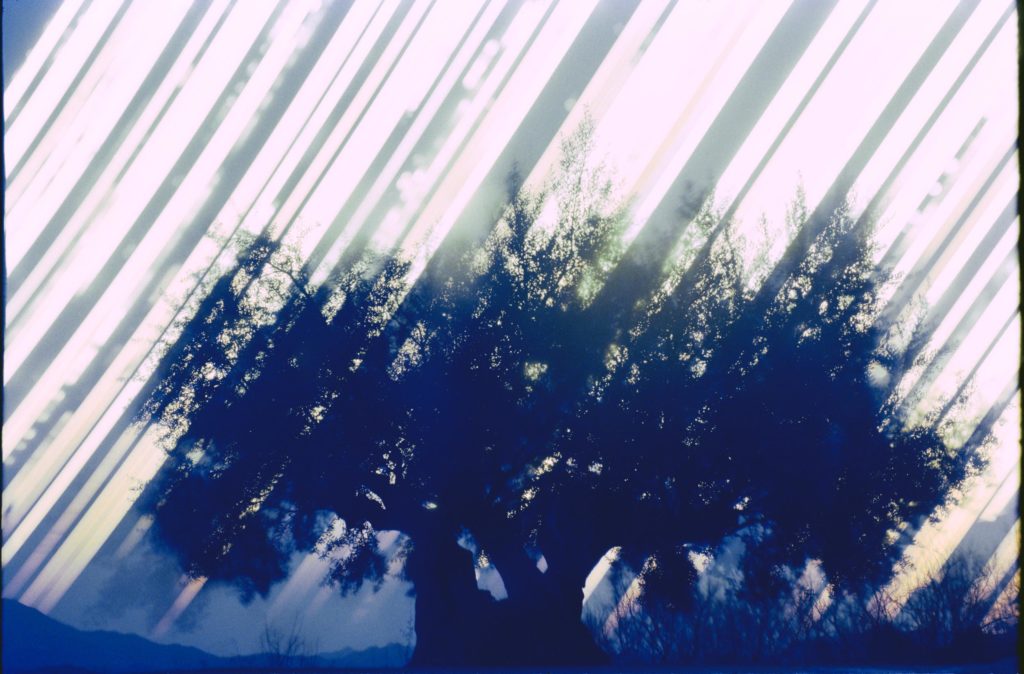
Millennium-old olive trees, Shodoshima, Tonosho Town, Kagawa
from winter solstice in 2017 to summer solstice in 2018
2018, Inkjet print
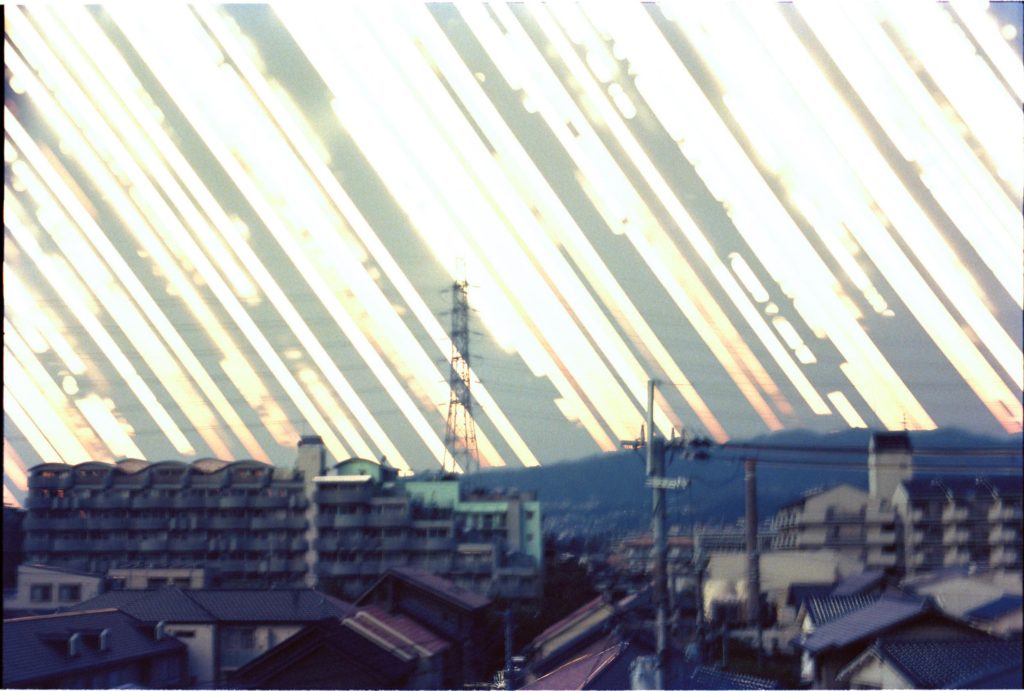
Amagasaki City, Hyogo, No.2 (the western direction)
from winter solstice in 2017 to summer solstice in 2018
2018, Inkjet print
A Sight Beyond Human Vision – Flow and Fusion
Kitano’s work usually depicts scenes that appear beyond human vision. They are the stories of mankind and the universe that transcends time and space.
The Flow and Fusion series that began in the first year of the Heisei era, 1989, was named by photography critic, Tatsuo Fukushima. The series was shot during the peak of Japan’s ‘bubble economy’ through until its end the mid-1990s. Kitano mainly set the camera on the streets of Tokyo and used slow shutter speeds to capture urban landscapes. The long exposure acted to fuse the passing crowds of people, and form them into a single mass, like a cloud. Taken in the midst of the bubble economy, these photos express the energetic vibe of the city.
The first photograph I took was of a crowd of people during rush hour in the city center. I felt I could clearly project my situated perspective upon the crowd of people whose contours disappeared completely, and the inorganic artifacts of the city, fixed in a few seconds of exposure on 35mm film. The particles in the crowd flow became almost identical to the silver film grains in the prints. Seeing myself as a grain in the crowd, somehow made me feel very free.¹
In this, Kitano says he felt the certainty of the existence of each of us, which appears as a particle, and the large flow of time in the world surrounding us. The connections between one person’s existence, another person and the whole world were further explored in his next project, our face, inspired by the 1995 Great Hanshin Earthquake and the Tokyo subway sarin gas attack. He was also greatly influenced by his trip to Mexico, where he encountered large murals depicting crowds of people from all walks of life by Diego Rivera and others.
Thinking of the future of others – our face
…Then, I was struck by my lack of imagination, not being able to picture the suffering and immense violence that many people are facing around me. How could I perceive the world “as if it was about me”? ²
After the earthquake and the sarin attack by Aum, Kitano developed a sense of emptiness and suffered a creative block for several years. During this time, he went out to meet people with his camera, and started to take portraits of them. He instinctively overlaid several of these images on photographic paper, one after another in the darkroom. That is how the our face series was born. In the end, he traveled around the countries of Asia photographing people, and compiled 133 overlaid images in a collection which became his signature work — our face: Asia. He photographed dozens of people in groups of various races, occupations, and ages, then printed their portraits on top of one another, revealing a face that represented the group. This is why our face is singular. When he first saw the image appear as one face through the developing fluid in the darkroom, Kitano was thrilled and fascinated by its beauty. He saw himself in it. We can not be separated from others. They are why I am, and vice versa.
Heaven’s Revelations – one day, day light, watching the moon, Gathering Light
Kitano built on the concept of our face, representing the connection between our existence and the whole. His subsequent series, from one day to Gathering Light further reinforces and develops this connection, capturing the earth and the universe through long-term exposures. Placing cameras in various cities and historical sites, one day was shot with all day long exposures. In the Gathering Light series, cameras were installed in dozens of locations all over Japan, and the shutters were kept open for six months to capture the daily movement of the sun on film. The former has a day’s worth of time exposed on film, along with a certain landscape, while the latter portrays the daily sunlight trails over six months as a world of countless streaks of light covering the heavens. Both are revelatory sights that emerge far beyond man’s ability to perceive, showing, in the heavens, the actions of a universe that encompasses human existence. Kitano expresses all of this with a single analog camera. Related series include day light and watching the moon, both shot on the United States’ West Coast.
Seeing Flow and Fusion and our face, where individuals gather together to become a larger existence, and one day and Gathering Light, that demonstrate their surrounding spacetime universe as a consecutive work, gives Kitano’s vision a strong reality: If you can see others’ futures as ‘your own’, a problem in 100 years is a current problem, and people existing 1000 years from now are your close friends.³
(K.I)
____________________
1. Ken Kitano, from an essay for the solo exhibition at I.C.A.C. Weston Gallery, 1994
2. Ken Kitano, Artist Statement for our face, 2010
3. Ken Kitano, “Overlaying, Connecting”, our face: Asia, Seigensha Art Publishing, Inc., 2013
